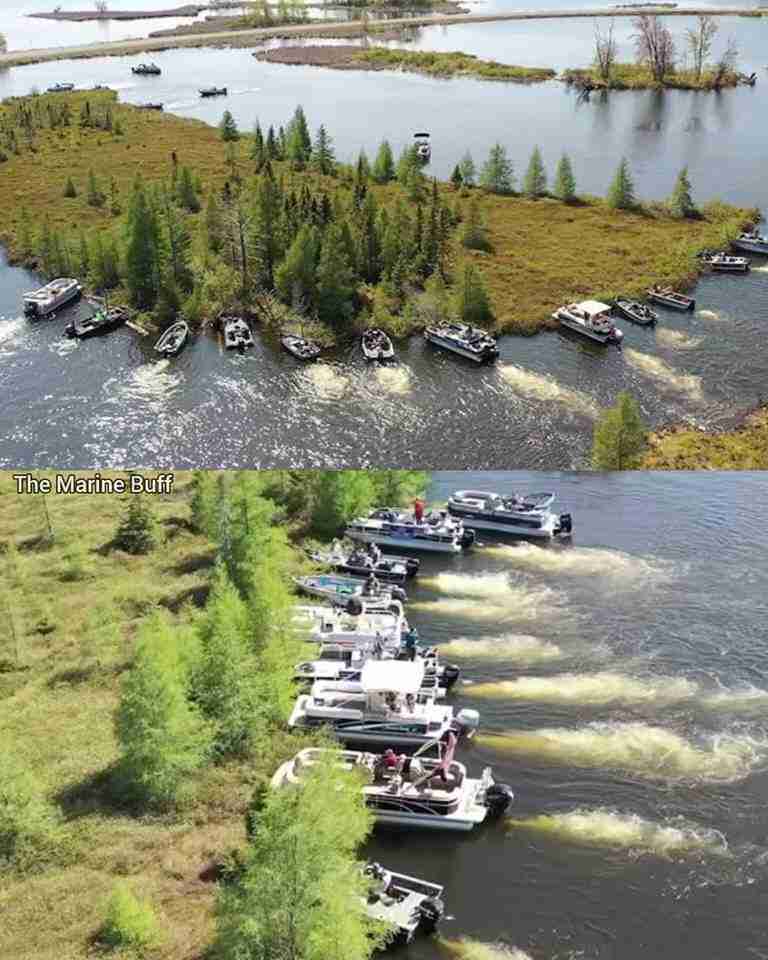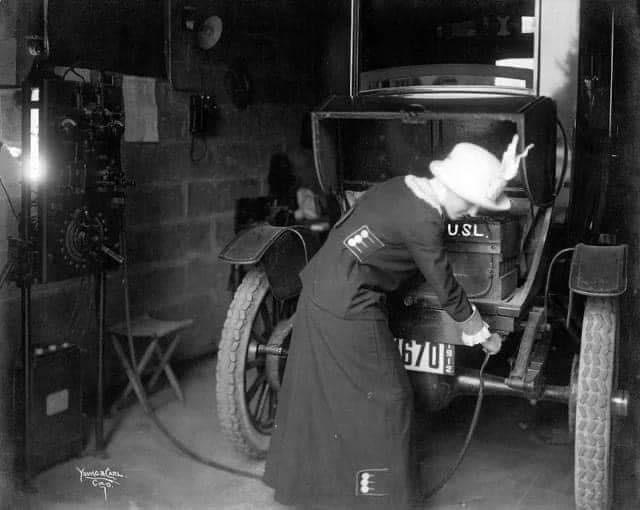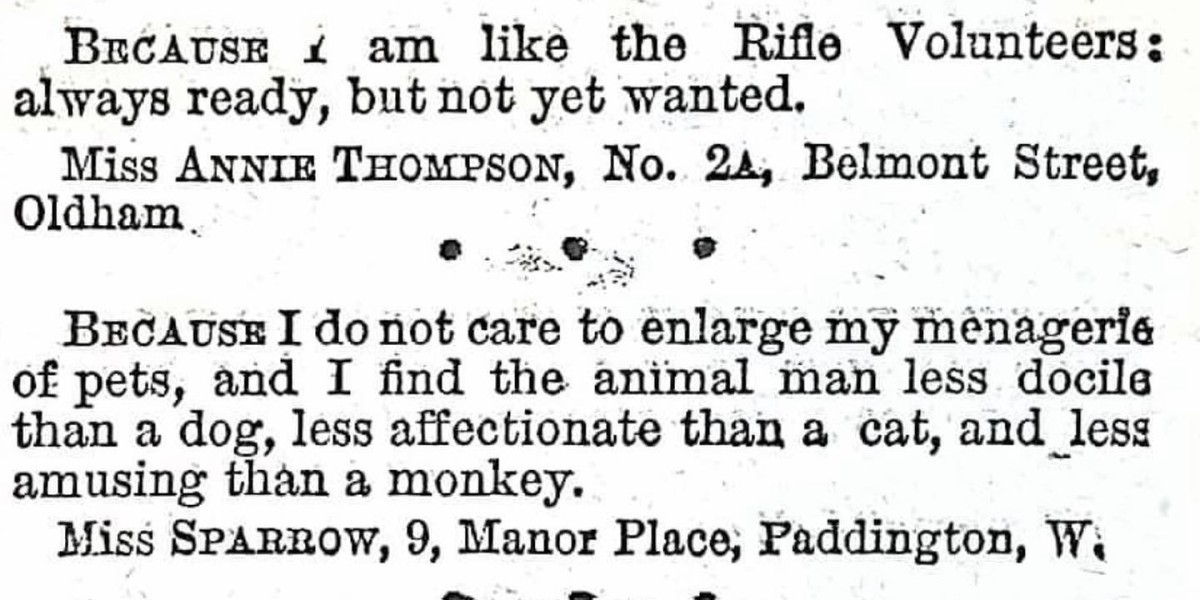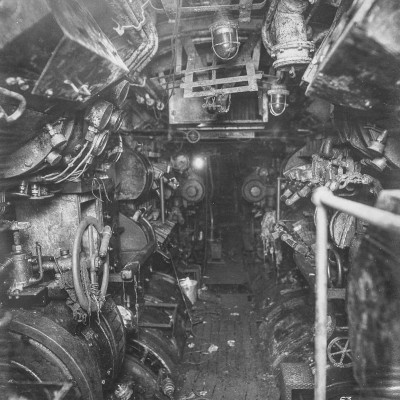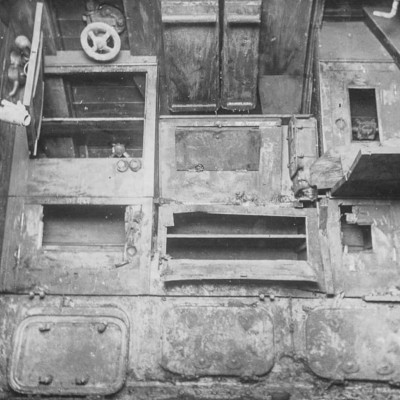The Legend of Kópakonan: The Seal Woman of Mikladalur
In the village of Mikladalur, on the remote island of Kalsoy in the Faroe Islands, stands a striking statue of Kópakonan, the Seal Woman. Crafted from bronze and stainless steel, this statue is not just an artistic marvel; it’s engineered to withstand the mighty forces of nature. In early 2015, a 11.5-meter wave crashed over it, but the statue stood firm, undamaged, against the elements. (You can see photos of this in the comments.)
The statue commemorates one of the Faroe Islands' most famous folktales. According to legend, seals were once human beings who chose to end their lives in the ocean. But on the Thirteenth Night each year, they were allowed to shed their skins and return to land as humans, to dance and revel in their former forms.
One such night, a young farmer from Mikladalur, curious to see if the legend was true, hid by the beach. As midnight approached, he watched as seals swam ashore, shed their skins, and transformed into humans. Among them was a beautiful seal woman who caught his eye. He saw her place her sealskin close by and, driven by desire, he stole it while she was lost in the dance.
As dawn approached, the seals hurried back to retrieve their skins and return to the sea. The seal woman was frantic when she couldn’t find hers. The farmer then revealed himself, holding her skin, but he refused to return it despite her desperate pleas. Without her skin, she was trapped in human form and had no choice but to go with him to his farm.
Years passed, and the seal woman bore the farmer several children, but he kept her sealskin locked away in a chest, the key always on his person. Then, one day, while fishing with others at sea, the farmer realized he had left the key at home. Panic-stricken, he announced, "Today I shall lose my wife!"
The men raced back to the village, but it was too late. They found the farmer's children alone—their mother had gone. She had found the key, retrieved her skin, and returned to the sea, where a bull seal who had loved her all those years was waiting. Before leaving, she had extinguished the fire and hidden all the knives, ensuring her children would be safe.
From then on, whenever her children visited the shore, a seal would emerge from the water, watching them from afar. People believed it was their mother, longing for her lost children.
Years later, the men of Mikladalur planned a seal hunt in a cavern along the coast. The night before, the farmer dreamt of his seal wife. She warned him not to kill the great bull seal at the entrance of the cave, as it was her husband, nor harm the two seal pups deep inside, as they were their sons. She described their distinct skins so he would recognize them.
But the farmer ignored the warning. The next day, he joined the hunt, and they killed every seal they found. When they divided the catch, the farmer received the large bull seal and the flippers of the two pups.
That evening, as the seals' heads and limbs were being cooked, a terrifying crash echoed through the smoke-room. The seal woman appeared, transformed into a fearsome troll. Sniffing the food, she cried out a curse: "Here lies the head of my husband with his broad nostrils, the hand of Hárek, and the foot of Fredrik! Now there shall be revenge—revenge on the men of Mikladalur. Some will die at sea, others will fall from the mountain tops, until the dead can link hands around the entire island of Kalsoy!"
With that, she vanished in a thunderous roar, never to be seen again. Yet, even today, the men of Mikladalur sometimes meet untimely deaths at sea or fall from cliffs. The curse endures, and it is feared that the circle of the dead is not yet complete.
#faroeislands #folklore #sealwoman #kópakonan #legends #mikladalur #mythology #seatales #islandlife #culturalheritage #storytelling #bronzestatue #kalsoy #nordiclegends #funfact #fact #interestingfact #interestingfacts

 News Feed
News Feed  Albums
Albums  Popular Posts
Popular Posts  Memories
Memories  Pokes
Pokes  Blog
Blog  Market
Market  Directory
Directory  Events
Events  Games
Games  Jobs
Jobs  Offers
Offers  Find friends
Find friends  Common Things
Common Things  Fundings
Fundings 